Design Insights:
A Q&A with Jules Haines of Haines Collection
This month, we speak with Jules Haines, founder of the award-winning Haines Collection, a pioneering platform dedicated to giving surplus luxury fabrics a second life. We’ve had the pleasure of partnering with Jules and her team to make discontinued Chase Erwin textiles available to a wider audience, supporting a more sustainable approach to interiors.
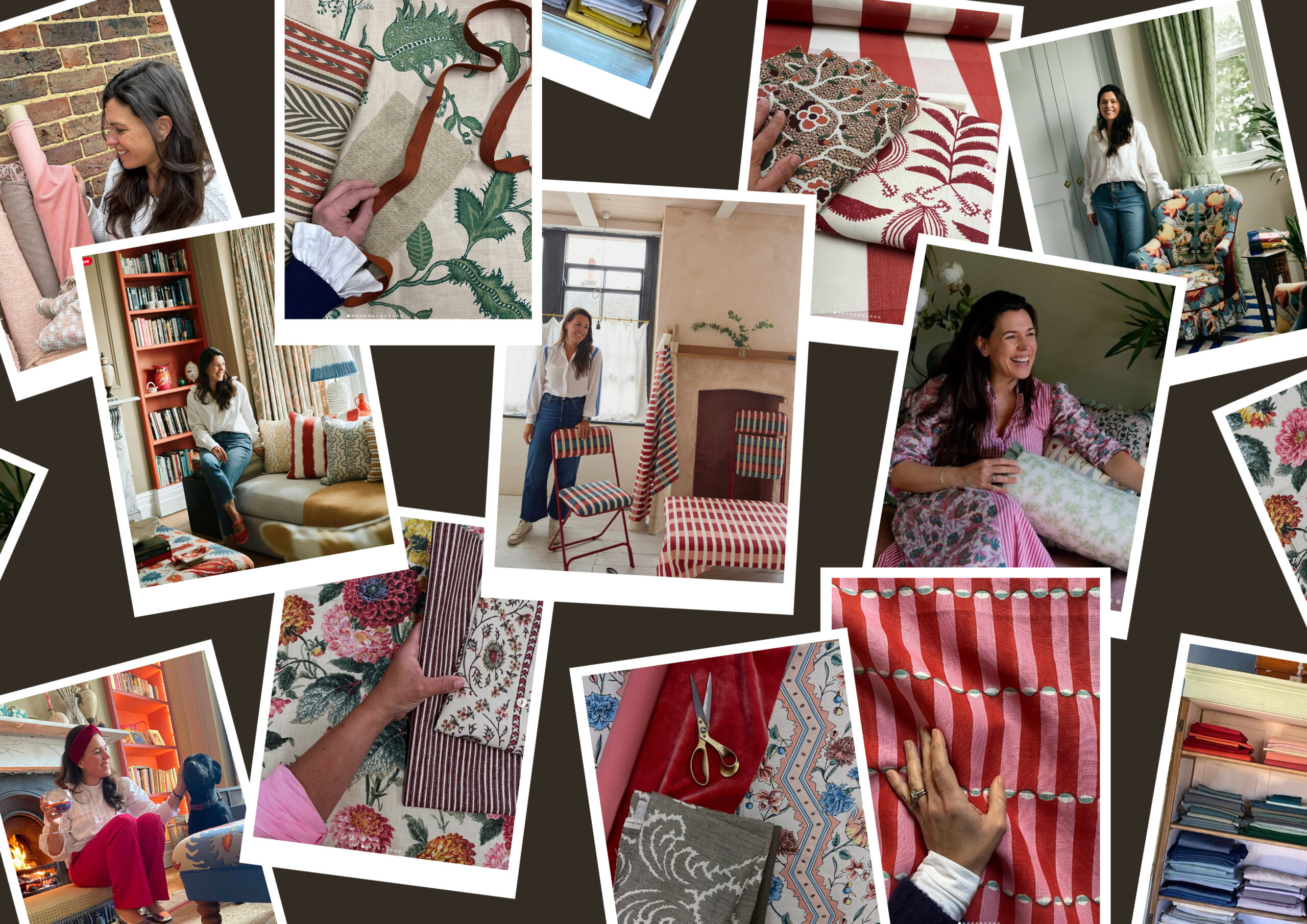
Jules, it’s a real pleasure to learn more about you and your company. Could you share where your passion for interiors and textiles began, and how your journey into the industry unfolded?
JH: I’ve always been a textiles magpie – making, sewing, and collecting for as long as I can remember. I chose Textiles for both GCSE and A Levels, and in hindsight, I really should have followed the signs and pursued it at university. It was the one subject that came naturally to me, but I decided to keep my options open and went on to study Business Management at Newcastle.
My career began in Marketing working for a charity for five years. Then came an exciting move to Singapore, where I joined a start-up textile brand. It was there that I learned everything about growing a business – a brilliant, hands-on experience that shaped so much of what I do today. I continued working with them in the UK, but after moving out of London five years later, I sadly had to move on.
Working alongside a textile designer opened my eyes to the enormous waste in the industry. I saw first-hand the frustration of leftover fabrics and scraps with no beautiful platform to showcase and reimagine them. Fashion has resale spaces like Vestiaire Collective and Depop – so why not one for interiors? And that’s when the idea really began to take shape.
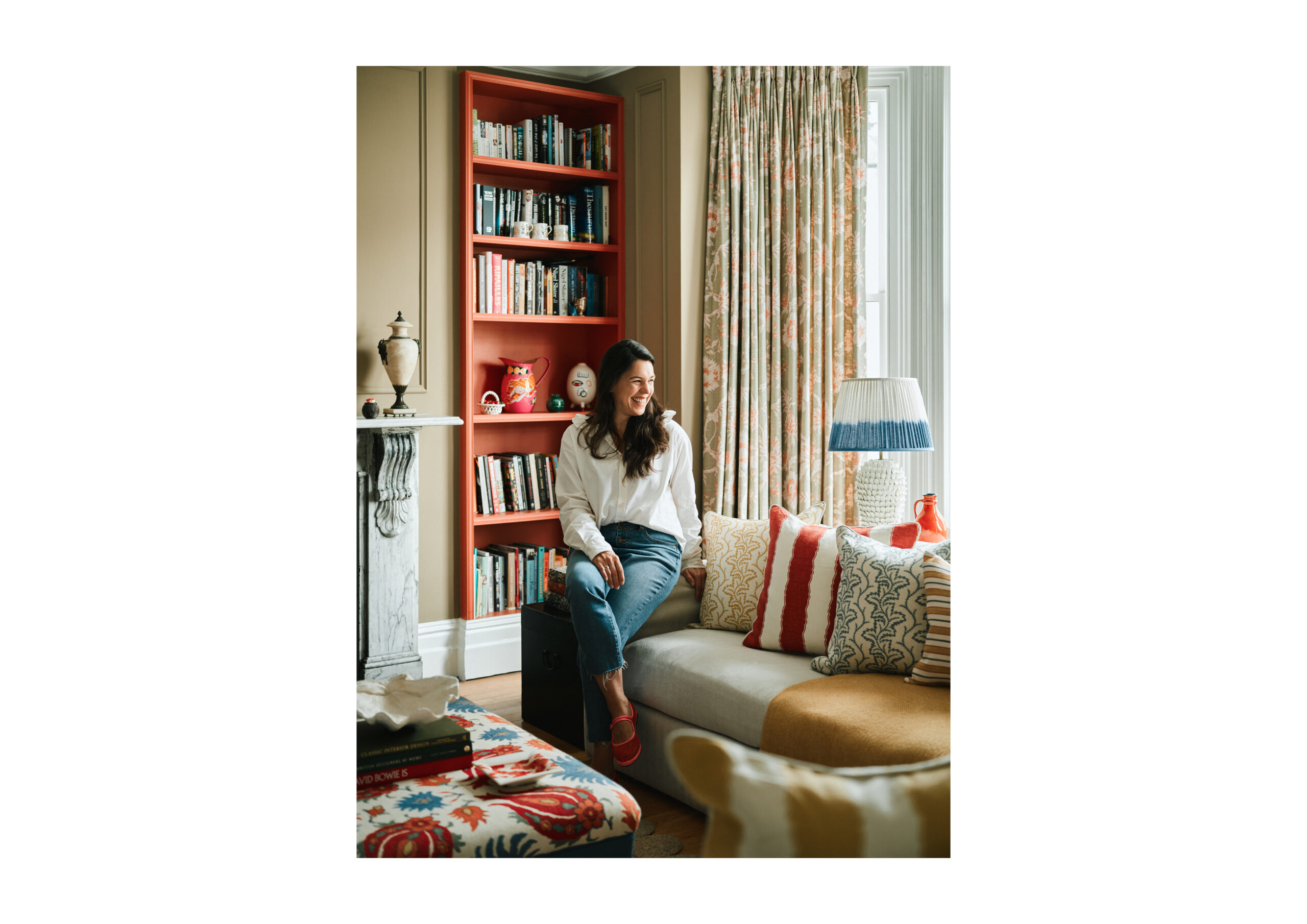
Was there a defining moment that inspired you to address waste in the interiors industry and build a business with sustainability at its core?
JH: The idea really solidified after a chance meeting in my local town. I came across an upholsterer and curtain maker who had a pop-up shop to sell off their fabric offcuts and roll ends leftover from projects. Chatting to him helped me understand that it was costing businesses money to store their surplus, and arranging a sale took up precious time and often they barely broke even. He was my first supplier!
I started the Haines Collection, a beautiful resale platform that would save brands time and money as well as helping to reduce the chances of homeware and textiles ending up in landfill. As well as being kind to the planet, the beauty of buying secondhand fabrics and accessories is that they are like new and around half the usual retail price! It’s a win win for all!
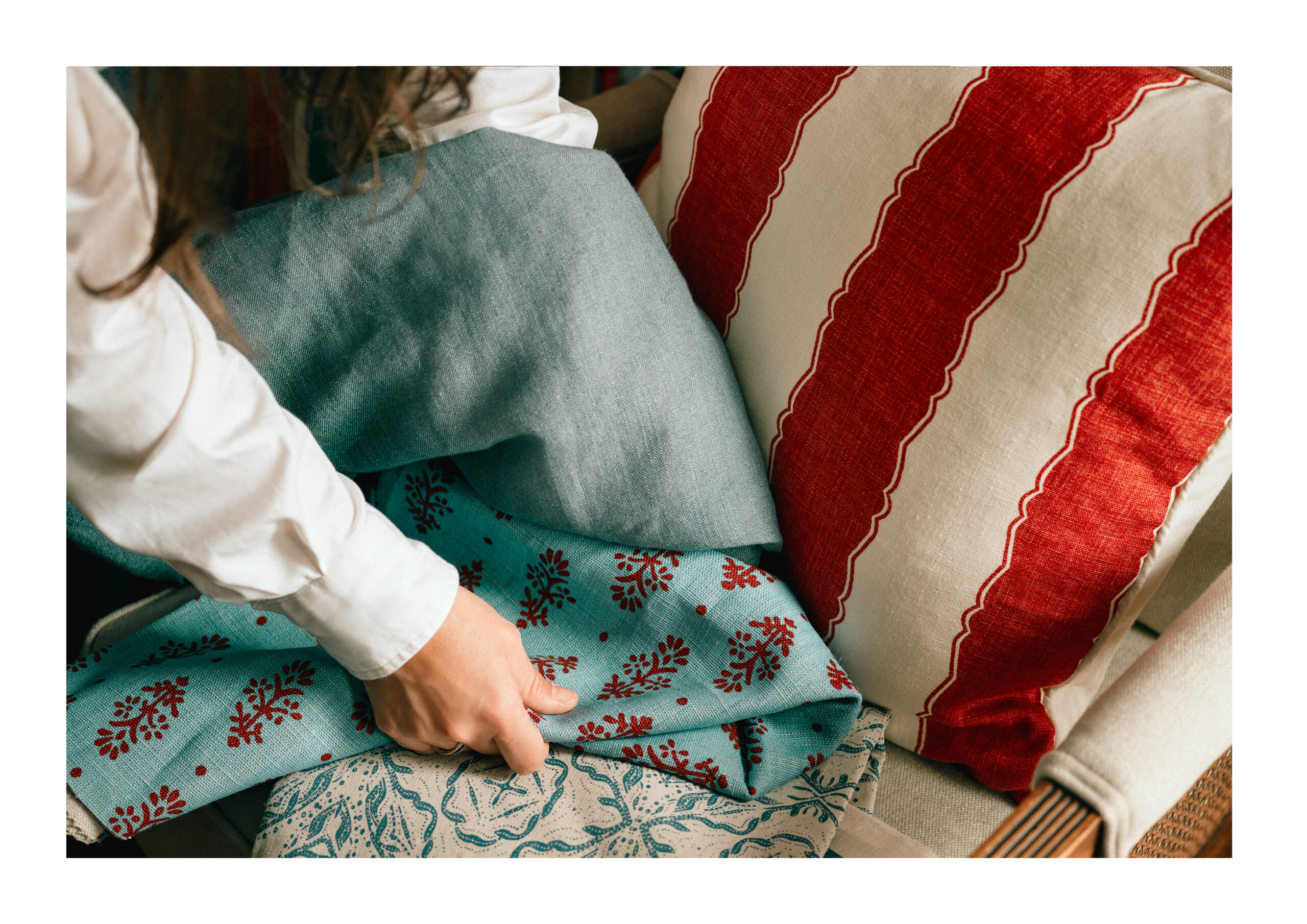
You specialise in exquisite, high-quality fabrics and collaborate with some of the industry’s most esteemed brands. Could you share how you source your textiles and ensure their provenance reflects your values?
JH: I hand pick everything on the website to ensure that it is all high quality and beautiful. I’m so proud of all of our partnerships, they have mostly comes through word of mouth which is brilliant. The brands at the beginning came from simply knocking on doors and offering this much needed service. We spend time building relationships with our suppliers to ensure that our brands align. We are totally transparent and honest so we would always make sure we are a good match before moving forward..
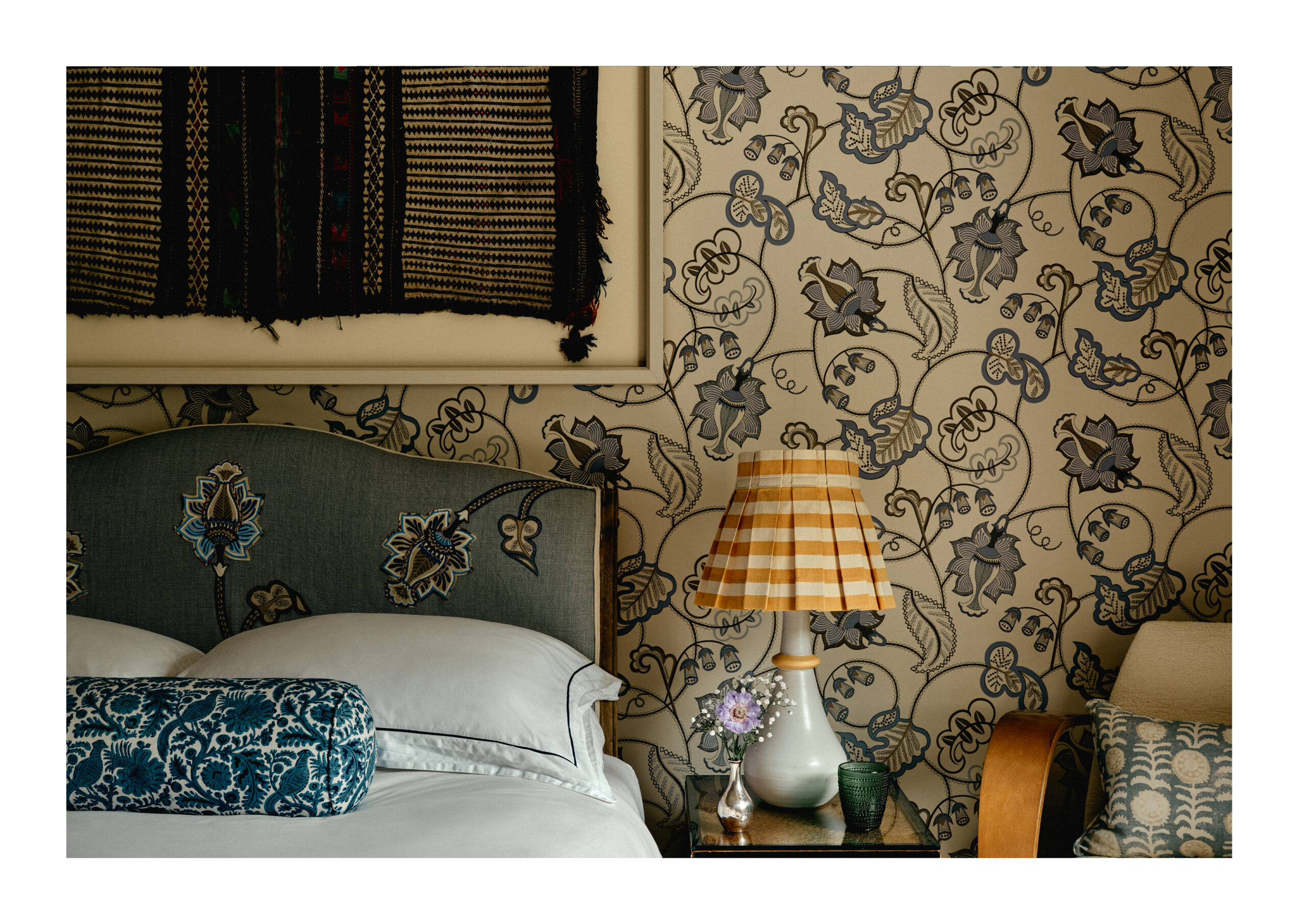
Have you noticed a shift in how designers and consumers are approaching waste in interiors?
JH: Since I started Haines Collection in 2020, awareness of our impact on the planet has thankfully grown. Conversations around sustainability are happening more frequently, and people are becoming increasingly mindful of how to reduce their footprint. It’s inspiring to see House & Garden dedicate its September issues for the past two years to sustainability, and equally encouraging that the international design event Decorex is hosting a dedicated Sustainability Discussions space for the second year running. On a policy level, new government legislation is also taking shape, with Extended Producer Responsibility (EPR) policies for packaging and textiles set to be introduced soon.
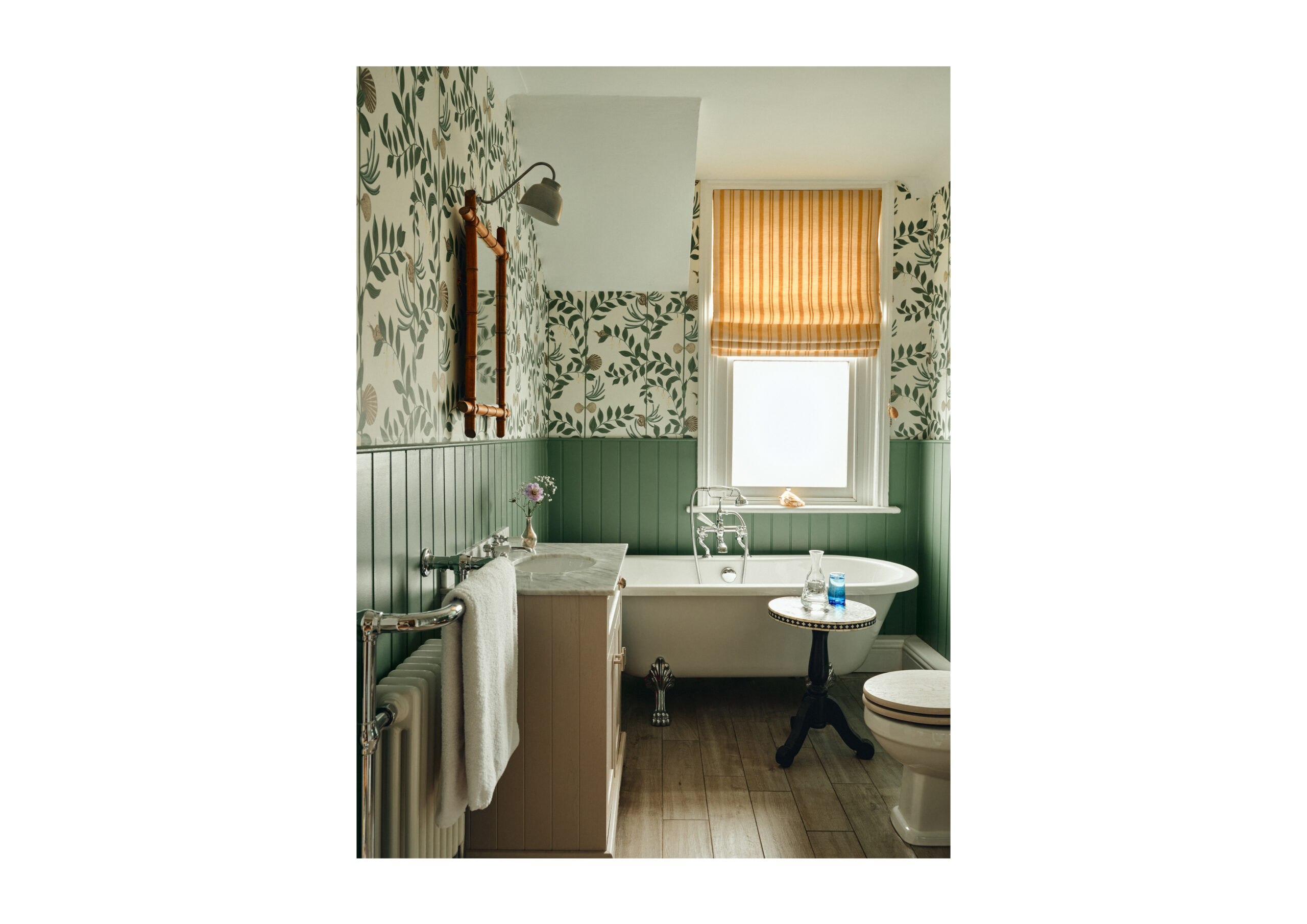
As someone leading the way in sustainability, what new developments in sustainable design have inspired you and given you hope for future of the industry?
JH: I’m excited by the development of new low-impact fibres, especially those designed to enhance durability and longevity. With so many promising alternatives to plastics, I’m hopeful that as this area continues to grow and evolve, we’ll see significant progress in addressing some of the key challenges within the textiles industry.
Recent government legislation also looks encouraging, though as always, it will take time to be implemented effectively. The introduction of Extended Producer Responsibility (EPR) policies for packaging and textiles is an important step forward, but meaningful change is never simple – so the full benefits of these measures may take time to emerge.
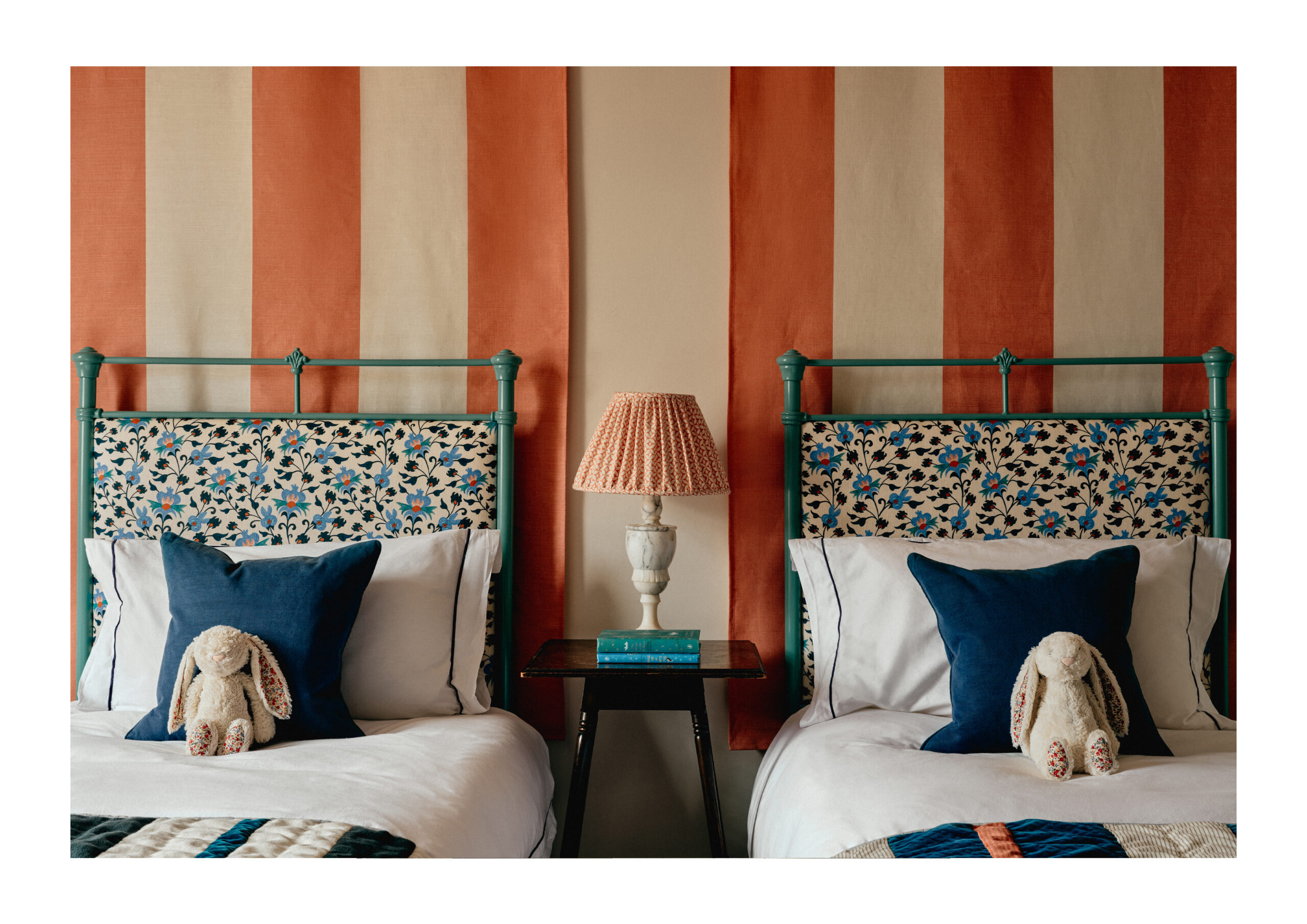
What has been the most unusual or surprising fabric you’ve rescued and repurposed?
JH: I’m a huge admirer of vintage textiles so I’m always so excited when they come my way, just knowing that they have a history makes them extra special. The fabric that sticks in my memory is a blue fabric that has 3D flowers sewn into it so the flower heads popped off the fabric, absolutely beautiful and totally unique – I’ve not seen anything like this since!
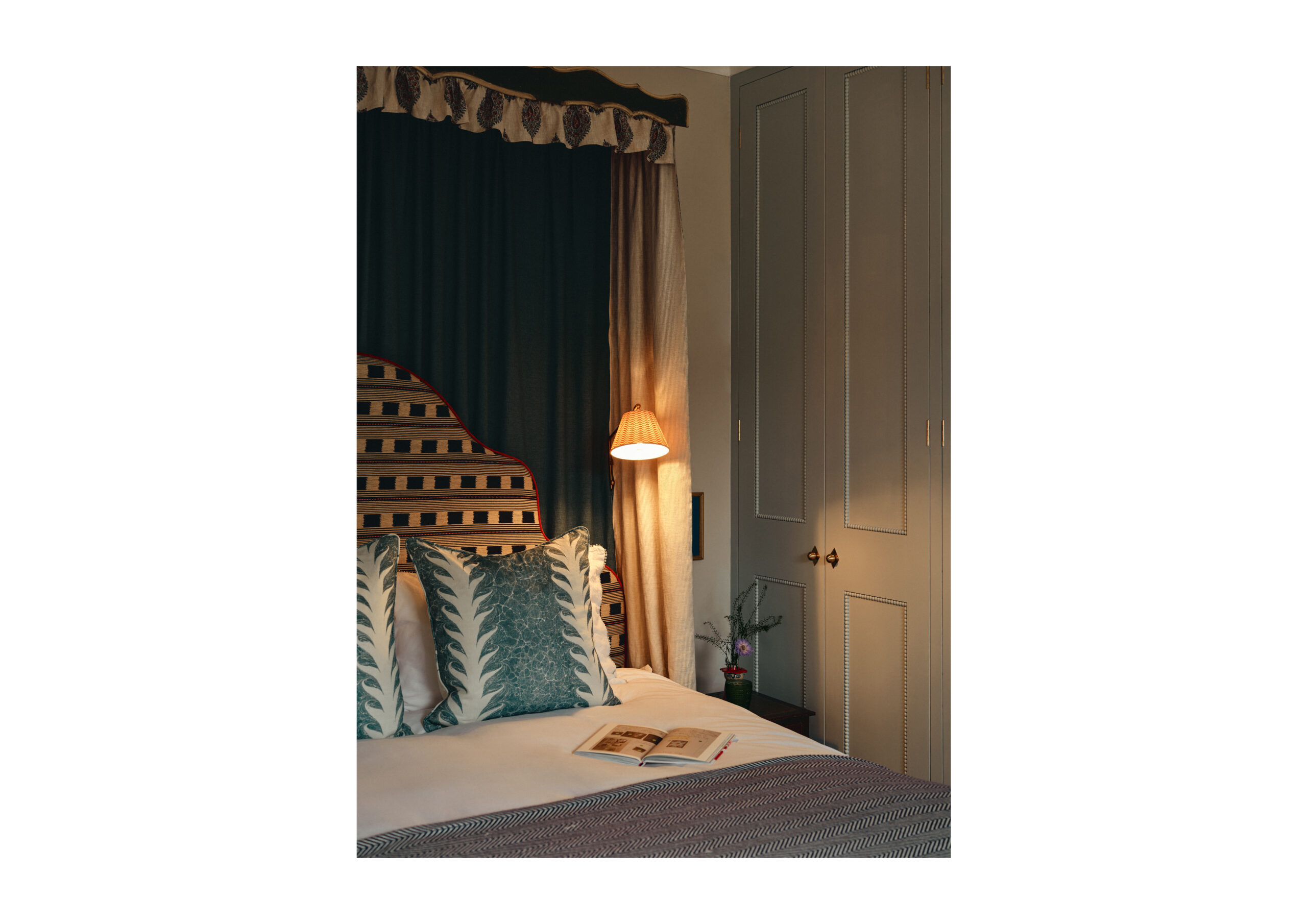
What are some of the biggest challenges you’ve faced in building a business focused on reuse and circularity?
JH: It’s quite a new subject to a lot of people and shopping habits change slowly. We like to feel we make reuse and circularity accessible, exciting and beautiful. We hope to inspire our customers to shop second hand first as well as the interior designers and brands to work with a more green mindset.
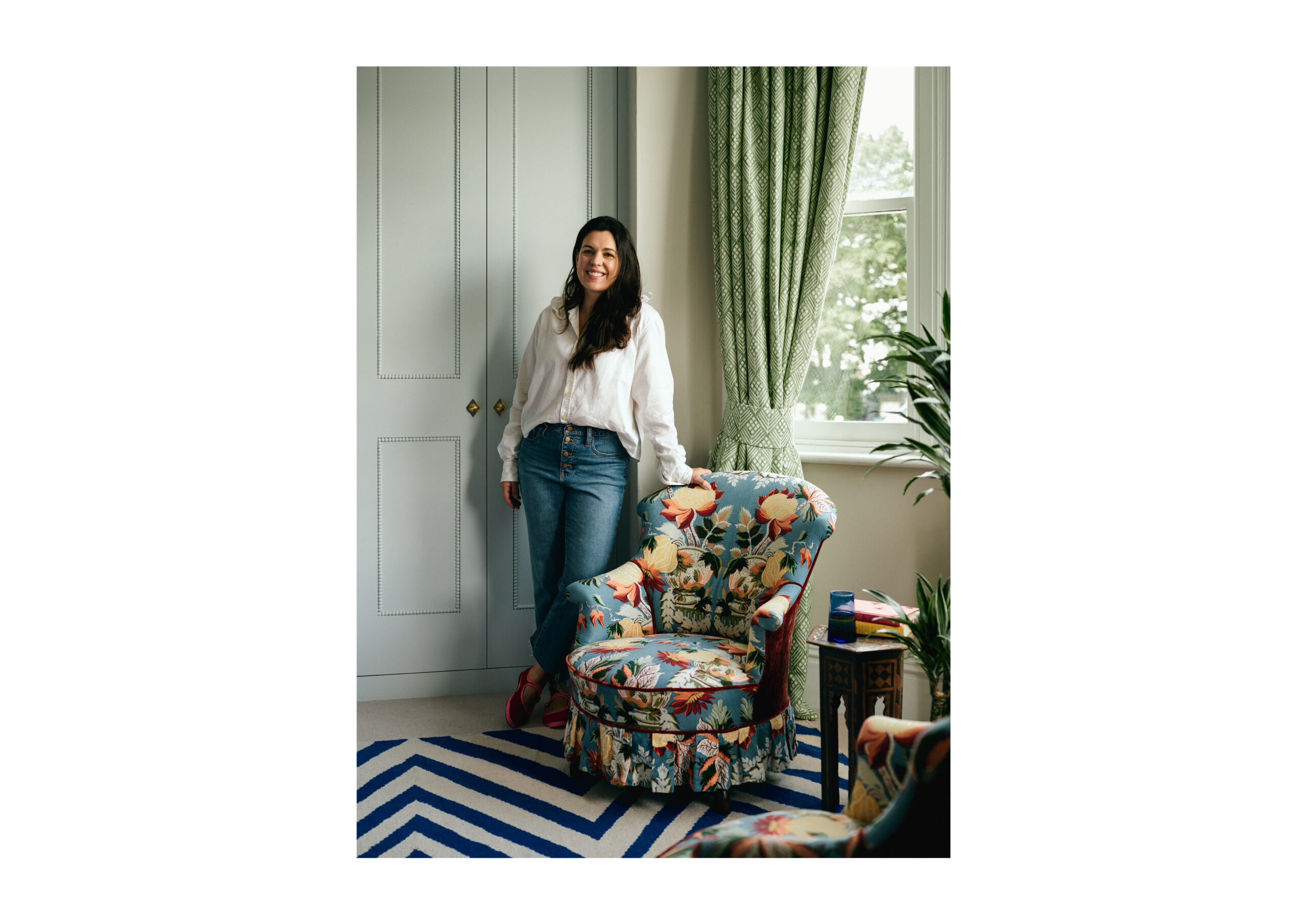
What’s the most important lesson you’ve learned since starting Haines Collection?
JH: Oh wow, so many! Every day is a learning experience, but my main focus is just to enjoy the process. Running your own business is a roller coaster, but I wouldn’t have it any other way!
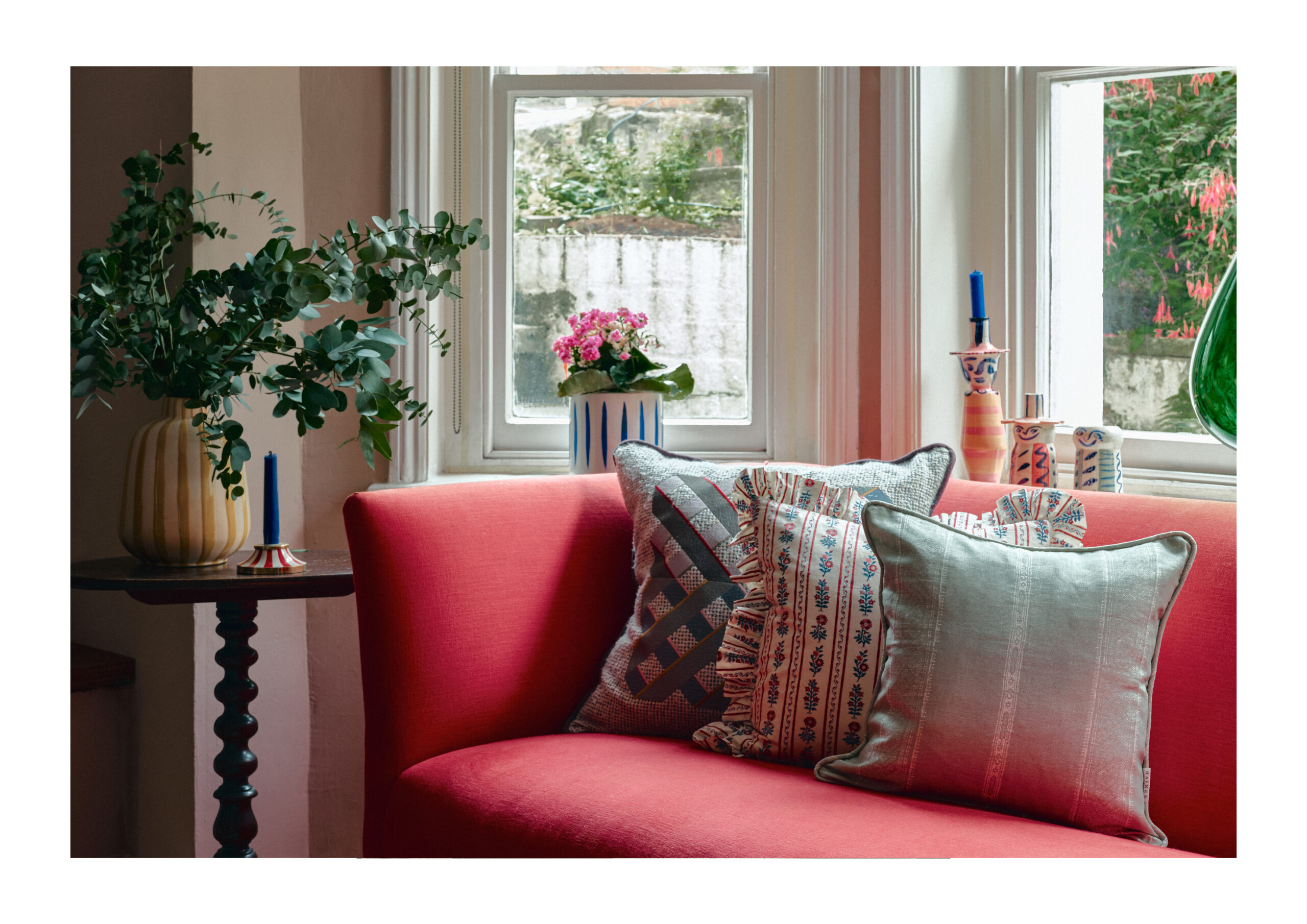
What advice would you give to someone looking to make their interior projects more sustainable?
JH: I always say – ask more questions! Ask how it’s made, who it’s made by, where it’s made, what is it made off, will it last, how do I look after and repair it, all of these things are really important and will help you make the right decision. A good first question to yourself would be – can I reuse something I already have or source it secondhand. There are so many sustainable brands now, you can easily find a vintage piece of furniture instead of buying new. Aim for at least 20% of a room to be secondhand, I think that’s a great place to start!
Jules, thank you for taking the time to share your inspiring insights with us. To learn more about Haines Collection, visit hainescollection.co.uk and follow them on Instagram @haines_collection.
Image credit: Haines Collection
